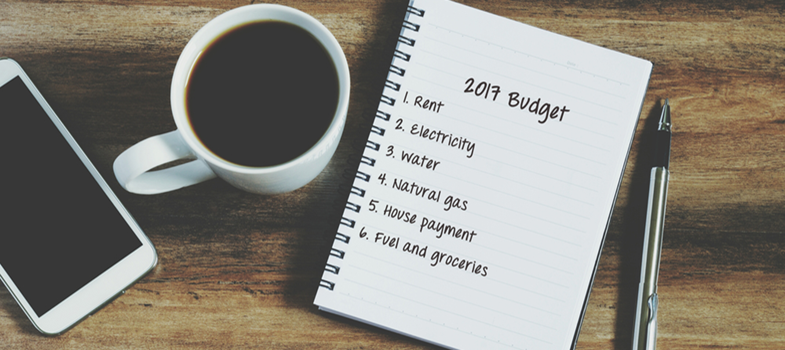Stage 1. Assess: work out your income
We start by working out our current income in a typical month. Have the budget planner included in this course to hand as we’ll be filling it in as we go along. It can help to look at recent bank statements or payslips when doing this. Let’s start with the income part of the first column – “Assess”:
Step 1: Work out your monthly pay. This should be the amount you receive after tax, and can be found by looking on a recent pay slip from your employer or a recent bank statement. If you are paid weekly you can convert this to a monthly amount by multiplying by 52 and dividing by 12.
Step 2: Add any additional income, such as benefits you receive, income from investments, or child maintenance payments. If these are irregular estimate how many times a year each happens and convert these into monthly figures – multiply each by the number of times a year and divide by 12.
Step 3: Add these together to give your total income. If you’re in a one-person household this is how much cash you have available each month. If you have shared finances it is usually best to create a household budget by repeating these steps for each household member and combining the results.
Here’s the income part of Jenny’s budget to give you an example:

Extension: are you claiming all the benefits [Tip: hold Ctrl and click a link to open it in a new tab. (Hide tip)] you’re entitled to?
2. Budgeting
